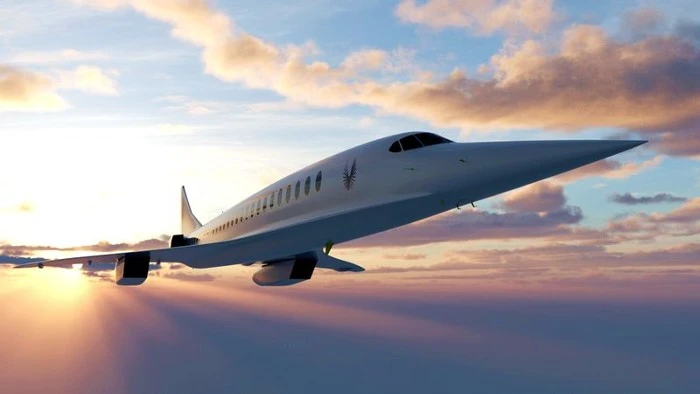Dassault Falcon
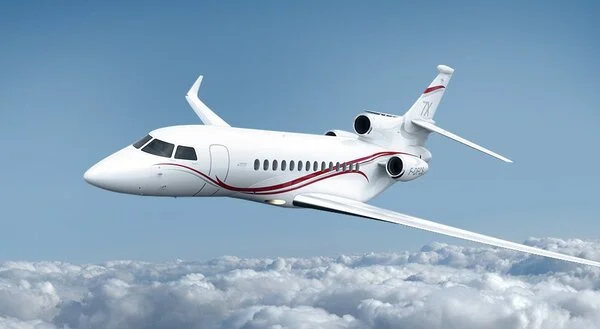
The Falcon 7X and its successor, the Falcon 8X, had a top speed of Mach 0.90. The 8X’s 43-foot-long cabin can accommodate up to 16 passengers and range more than 7,400 miles. Aside from their spacious cabins, these Falcons have the agility to fly the steep approaches into and fast climbs out of numerous airports, including Lugano, where other large jets are prohibited. The 8X outperforms its competitors by around 30% in terms of fuel efficiency.
Cessna Citation X+
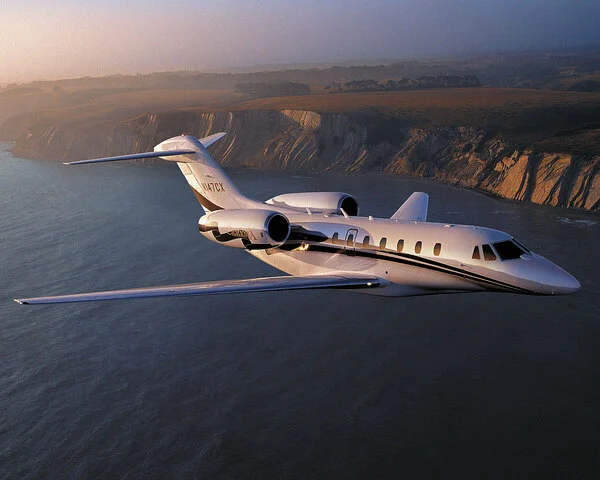
The Cessna Citation X+ is the world’s fastest private jet, flying at nearly supersonic speeds. It’s the closest a private jet has ever gotten to breaching the sound barrier, with a top speed of Mach 0.935. It also came with a new Garmin G5000 avionics glass cockpit, an upgraded, mood-lit, ultra-connected interior, elliptical winglets, and a more powerful Rolls-Royce engine with a little higher speed and range and better brakes than its predecessor. In addition, Textron Aviation’s modern marvel has a load-bearing capacity of 36,600 pounds.
747-400
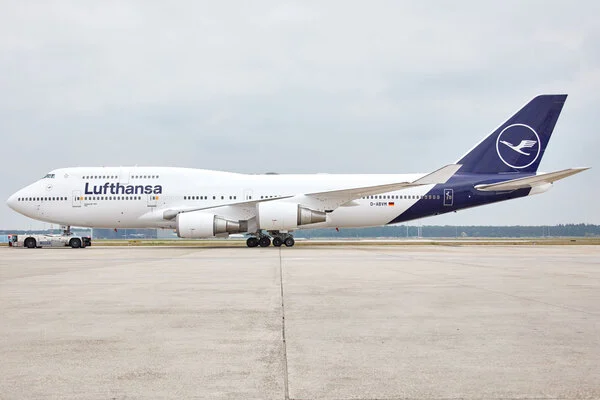
The Boeing 747-400, a giant jet that can rocket 416 passengers worldwide at Mach 0.855, is a member of the same Boeing 747 family (656 mph). It’s most typically utilized for busy long-haul routes with heavy demand, with a range of up to 7,225 nautical miles.
Operating a plane of this size, with a maximum takeoff weight of 875,000 pounds, isn’t cheap. As a result, it’s no surprise that the list of destinations where a 747-400 can fly is diminishing.
XB-1 demonstrator
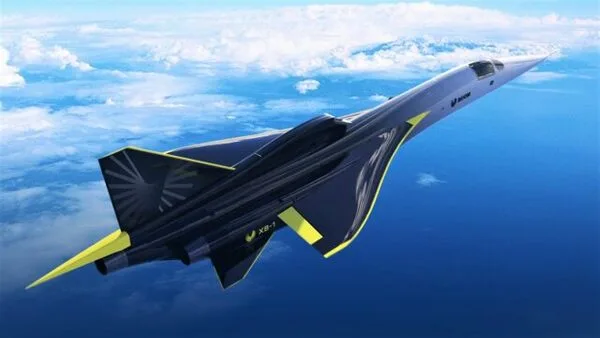
Boom Supersonic, an aviation firm, plans to launch a supersonic jet prototype this year. According to a statement released by the company recently, the XB-1 demonstrator prototype will be 71 feet (22 meters) long and built of carbon composite, allowing it to withstand speeds above the speed of sound. The ultimate goal is to build an airplane that can travel at Mach 2.2, or twice the speed of sound. The idea is to cut the time it takes to fly across the ocean in half. Governments and militaries have exclusive access to supersonic flight earlier . The XB-1 is the world’s first privately funded and independently developed supersonic jet.
747 8i
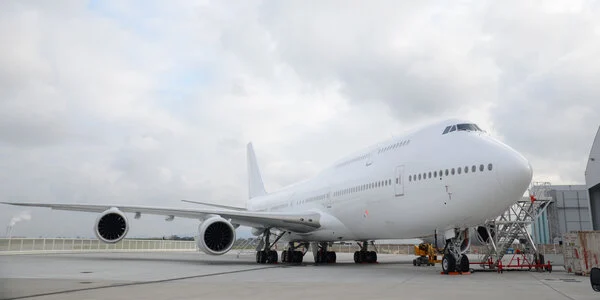
The 747 is one of the world’s largest commercial aircraft, and the 747-8 Intercontinental (747-8i) variant is the fastest commercial plane in service today. With a top speed of Mach 0.86, That’s 659.85 miles per hour.
This plane is as tall as a six-story building. The 747-8i can carry 410 passengers and has a range of 7,730 nautical miles.
Boeing 787 Dreamliner
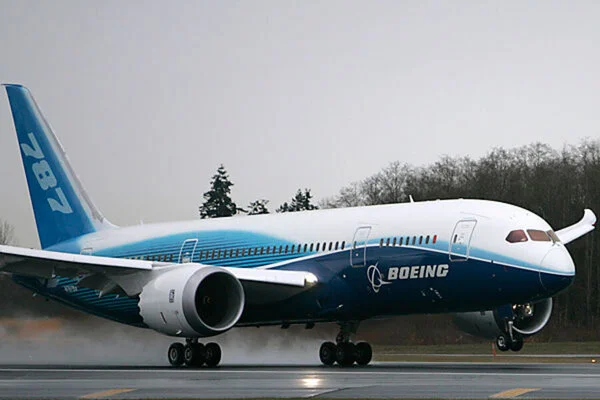
With a cruise speed of Mach 0.85, the Boeing 787 not only brings huge jet ranges to a medium-sized plane, but it also equals the speeds of larger jets. The carrier’s Boeing 787 Dreamliner has managed to overcome the speed of sound and has reached 1,289 kilometers per hour. Both passengers and pilots have benefited from the Boeing 787 Dreamliner. Designers included various novel innovations that made this Dreamliner one of the most fuel-efficient and pleasant aircraft in the skies, leapfrogging its predecessors.
Airbus A380 (676 mph)
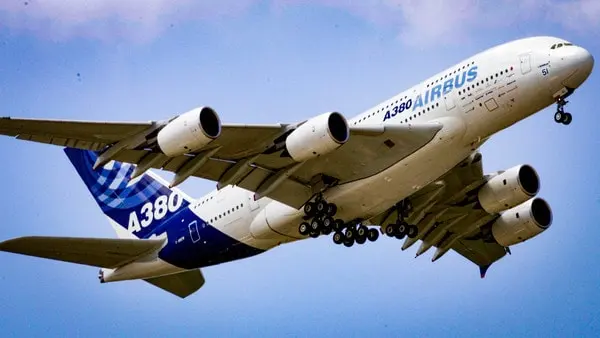
The A380 is among the top five fastest airliners, with a cruise speed of 0.85 Mach and a top speed of 634 mph. The A380 has a range of 8,200 nautical miles (15,200 kilometers), allowing it to fly some of the world’s longest trips. The A380 is more fuel-efficient per passenger than an average economy car, with a fuel capacity of over 82,000 gallons, a fuel consumption rate of 10 g/nm, and space for up to 853 passengers.
Concorde(1,354 mph)
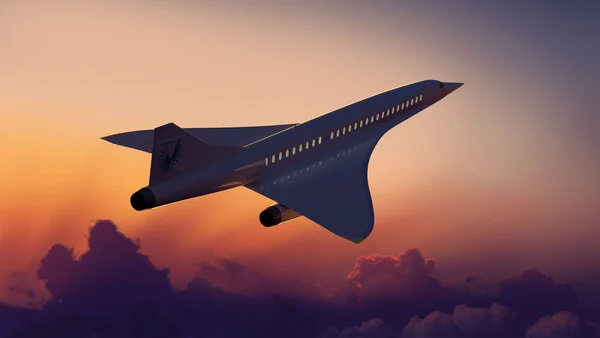
The Aérospatiale/BAC Concorde was a British–French supersonic passenger airliner in service from 1976 to 2003. With seats for 92 to 128 passengers, it had a top speed of Mach 2.04 (1,354 mph or 2,180 km/h at cruise altitude) and a maximum speed of over twice the speed of sound. Concorde was first flown in 1969 and entered service in 1976, serving for 27 years. It is one among the two commercially operational supersonic transports; the other is the Soviet-built Tupolev Tu-144, which flew in the late 1970s.
Boom Supersonic (1451 mph)
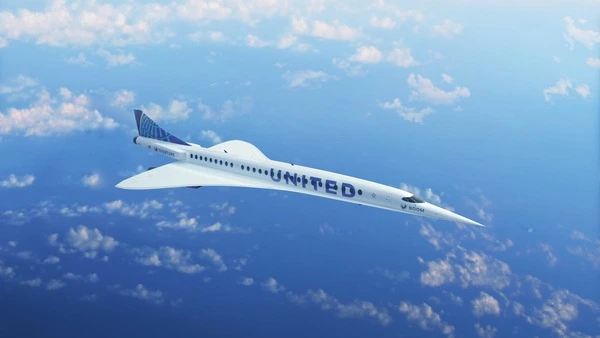
Boom, a startup, wants to bring supersonic flight back to commercial passenger flights. To power a safe and affordable supersonic aircraft, they combined improved aerodynamics, cost-effective engine technology, and revolutionary composite materials. Previously, only governments and militaries had access to supersonic flight. The aviation start-up aspires to create a modern supersonic passenger jet capable of speeds of Mach 2.2. That’s 1,451 mph (2,335 km/h), or twice the speed of sound. Passengers could fly from New York City to London in 3 hours and 15 minutes at Mach 2.2, according to the business. The supersonic jet could fly between San Francisco and Tokyo in 5.5 hours or between Sydney and Los Angeles in 6 hours and 45 minutes.
Tupolev TU 144 (1,510 mph)
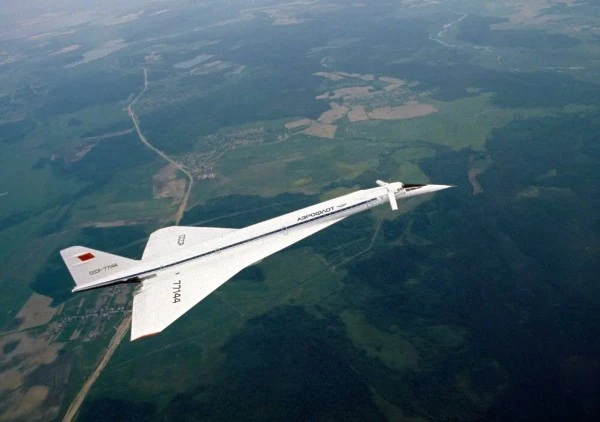
Tupolev Tu-144, the world’s first supersonic transport plane, was designed by Andrey N. Tupolev and his son Alexey, an experienced Soviet aviation designer. It took to the air for the first time in December 1968, broke the sound barrier in June 1969. The Tupolev TU 144 made its public debut in Moscow in May 1970. It had a wingspan of 28.8 meters and a length of 65.7 meters (215.6 feet) in its production variant (94.5 feet). It may cruise at Mach 2.2, which is more than twice the speed of sound. The “double-delta” swept-back wings, the “moustache” foreplanes that pivoted out from the fuselage just aft of the flight deck to improve takeoff and landing flight characteristics, and the nose section that could be “dropped” downward to improve the crew’s line of vision during takeoff and landing were all notable features.
